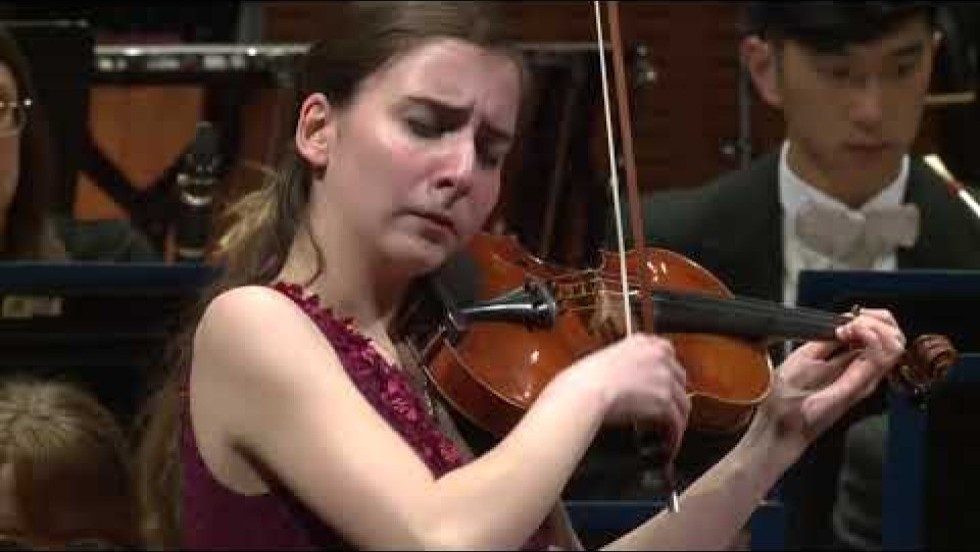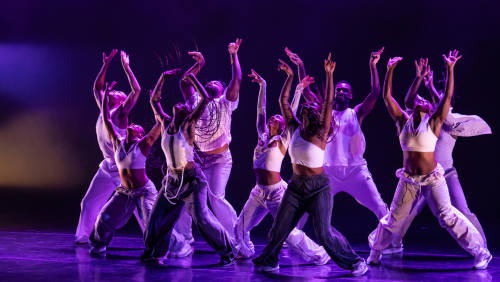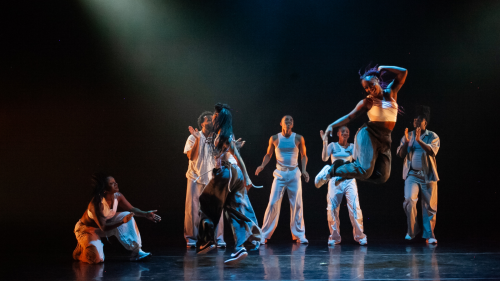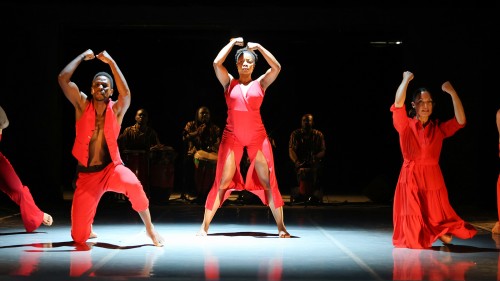Edvard Baghdasaryan was an Armenian composer of great distinction. In his home country, he was an important figure in the development of modern concert music as part of the generation before the more internationally well-known Aram Khachaturian. His work for piano is especially respected, his 24 preludes a touchstone of Armenian concert music. Apart from writing several major orchestral works and teaching at the Yerevan Komitas State Conservatory, Baghdasaryan was also a soundtrack composer who wrote music for one of Armenia’s classic films, Tjvjik.
Baghdasaryan’s 1958 composition Rhapsody for violin and piano, also known as the Armenian Rhapsody, is one of his most important and well-regarded works. Though a through-composed piece, its knit together contrasting sections make it seem like a summarized concerto akin to something like Samuel Barber’s first symphony – it is a single movement meant to do the work of several. The piece begins enigmatically, almost melancholic, as the listener can’t be sure where, or if, the succession of chords will resolve. They do suddenly as the violin assumes prominence with a more romantically tinged melody. After a solo virtuosic display, the violin leads with a plaintive melody in minor, the first moment that feels planned rather than improvised. Suddenly, midway through the piece, the piano enthusiastically hammers out an up-tempo Armenian dance. As the rest of the piece unfolds, the first part of the composition retrospectively becomes an extended introduction. Themes that once showed up extemporaneously are now understood to be a part of several danceable melodies. The performers cycle through several dances before rather abruptly returning to the mood from the first half. Mysterious chords reminiscent of the start return, leading to the expectation of a musical palindrome. Suddenly, though, the piano plays an ascending whole-tone scale, reminiscent of a dream sequence from an old film, and the piece fades to conclusion.
© Connor Buckley, 2023





